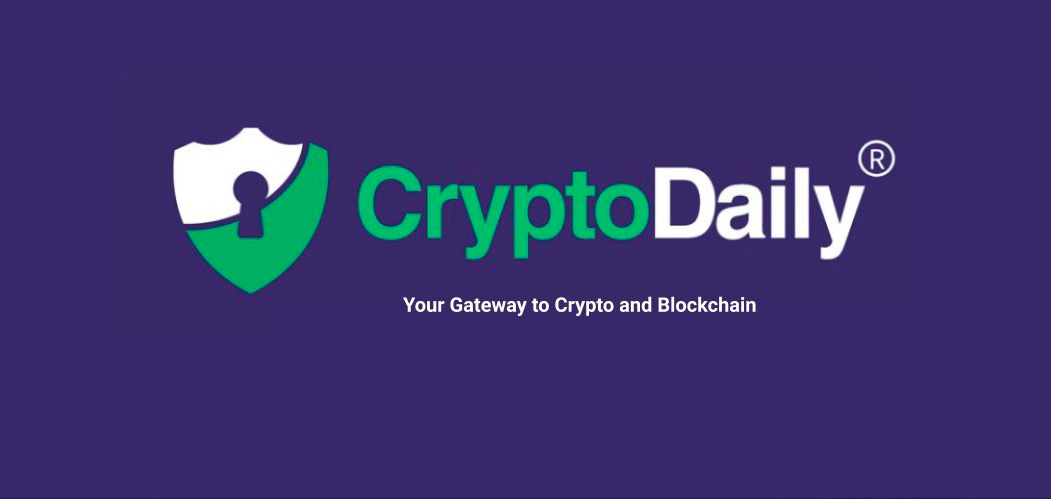Blockchain can transform the supply chain. By using blockchain, small- and medium-size businesses (SMEs) around the world can obtain $1 trillion in trade financing, according to Sept. 13 whitepaper by World Economic Forum and consulting firm Bain & Co. The technology can be especially important in providing capital and improving efficiency in emerging countries — which often lack banking infrastructure and digital processes. The authors of "Trade Tech – A New Age for Trade and Supply Chain Finance" point to red tape and excessive documentation as stifling international trade, especially in regions like Asia and Africa. Huge Gap In Trade Finance The Asia Development Bank estimates that current $1.5 trillion trade financing gap represents 10% of global merchandise trade volume. While access to capital is not a problem for large multi-national companies, it's often an obstacle that hampers growth in less developed economies. SMEs and midcap companies represent 75% of the total trade gap. The study's researchers blame archaic, manual processes that involve lots of paper-based requirements — these impede the flow of capital, increase compliance costs and ultimately reduce trade volume. For example, a test shipment of flowers from Kenya to a port in Netherlands resulted in a stack of nearly 200 communications documents. The digitization of processes, by using innovations such as blockchain networks, can result in massive improvements in processes. "Archaic processes pose a significant obstacle for small and medium-sized enterprises (SMEs) and trade with emerging markets. Transforming paper-based documentation into electronic formats and applying smart tools and technologies help to reduce trade barriers and improve processing times at borders, particularly for small businesses and companies in higher risk developing countries." Emerging Countries To Benefit The Most The digitization of supply chain is a positive development for governments, as bureaucracies and law enforcement gain the ability to fight fraud and smuggling. Distributed ledger technology (DLT) can be part of government initiatives that provide businesses with a single point of entry (such as web portals) for submitting required documents. "Left unsolved, the trade finance gap will rise to more than $2.4 trillion by 2025," according to Bain & Company estimates. "However, a viable solution has emerged. Bain’s modeling estimates that new digital technologies, especially distributed ledger technology, can reduce a large part of this gap, facilitating about $1.1 trillion of new trade volumes globally." Benefits Of Blockchain According to authors, blockchain can eliminate inefficiencies in trade and supply chains. DLT has these features: faster credit risk assessment from the transaction history; minimized human error in document checks; instant verification and reconciliation of records; automatic execution of workflow steps through smart contracts; instant, secure and low-cost exchange of data. "Bain & Company estimates that distributed ledger technology, if adopted the right way by all participants in the trade ecosystem, could reduce trade finance operating costs by 50-70% and improve turnaround times three- to fourfold, depending on the trade finance product involved." Various innovations can supplement DLT to improve the global trade ecosystem. These include tokenization, smart contracts, IoT devices, artificial intelligence, and application programming interfaces (APIs).
Investment Disclaimer$1 Trillion Boost In Trade Finance Via Blockchain: World Economic Forum
Published
5 years ago on
September 15, 2018
The most revolutionary invention in modern finance is being celebrated this week by cryptocurrency fans for its 10th-year anniversary. “Bitcoin Art (r)evolution” is a crypto-art exhibition in Paris that lasts through the first week of October and it showcases Bitcoin (BTC) inspired artistry from contributors all …

Altcoins
April 16, 2024
Nuklai Announces $NAI Token Listing on MEXC and Gate.io, IDOs Sold Out in Minutes

Altcoins
April 16, 2024
Dormant Ethereum (ETH) Whale Becomes Active After Years, Invests $50K in 25X Exchange Token DTX

Breaking News
April 16, 2024




